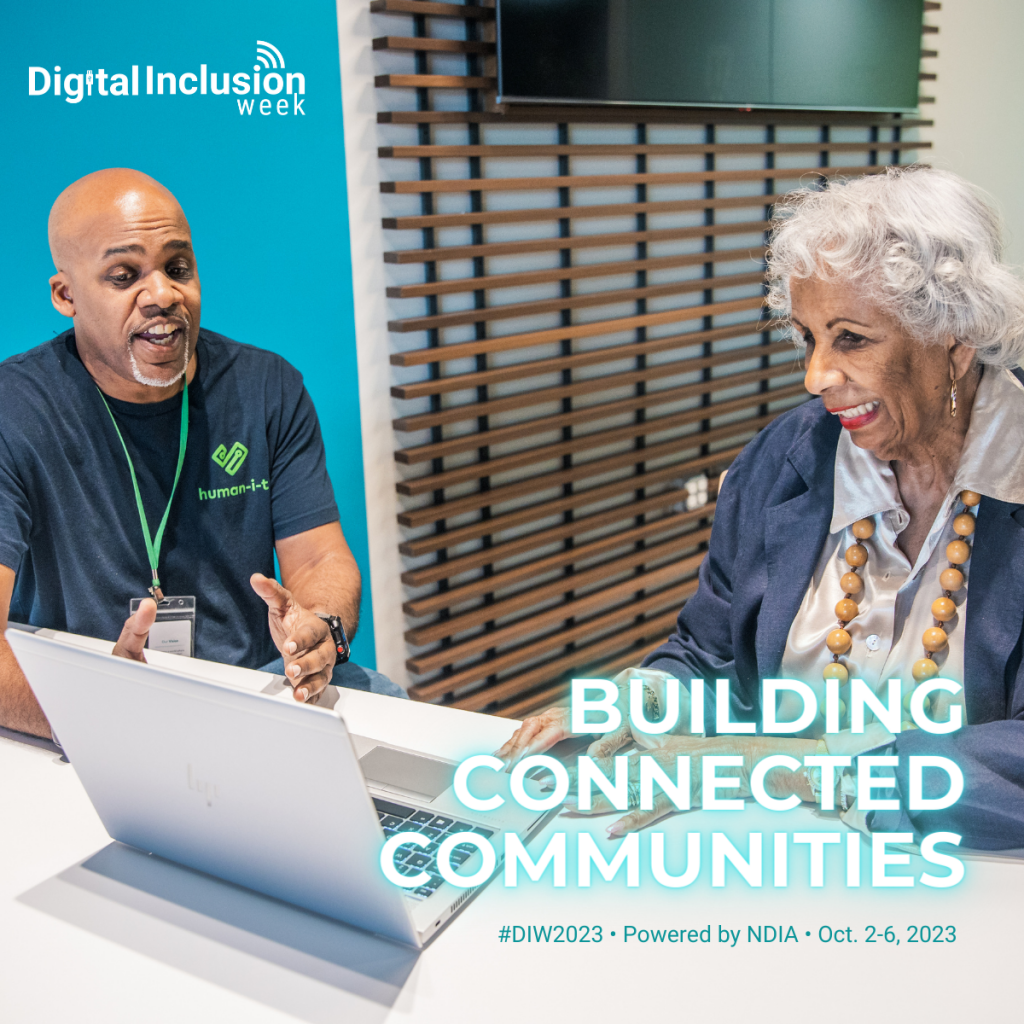In an increasingly digital age, we must prioritize digital inclusion to ensure that everyone can fully participate in the online world, regardless of their abilities or backgrounds. Digital Inclusive Week reminds us of our collective responsibility to create a more accessible and equitable online environment. In this blog post, we’ll explore the actions you can take to be more digitally inclusive and positively impact the digital sphere.
- Prioritize Website Accessibility
Creating an accessible website is the first step towards digital inclusion. Your website should be compatible with screen readers, uses clear and easy-to-read fonts, provide alternative text for images, and offer keyboard navigation options. Google and other search engines reward accessible websites with higher rankings, so this step is ethical and beneficial for SEO. - Use Inclusive Language
When crafting content for your website, be mindful of the language you use. Avoid jargon and complex terminology that may alienate some users. Use inclusive language that respects diverse perspectives and backgrounds. - Create Accessible Content
Digital inclusion extends to the content you produce. Ensure that your videos have accurate captions and that your audio content includes transcripts. This not only helps those with disabilities but also enhances the user experience for everyone. - Optimize for Mobile
With most internet users accessing content through mobile devices, optimizing your website for mobile is crucial. Responsive design and mobile-friendly layouts are user-friendly and favored by search engines. - Improve Page Loading Speed
Slow-loading websites can frustrate users and lead to high bounce rates. To be more digitally inclusive, ensure your web pages load quickly. Compress images, minify code, and leverage browser caching. - Foster Inclusive Communities
Digital inclusion goes beyond technical aspects and fosters a sense of belonging and community online. Encourage respectful discussions and interactions on your website and social media platforms. Engage with diverse voices and perspectives, and take a stand against online harassment and discrimination. - Conduct Regular Accessibility Audits
Stay vigilant by regularly auditing your website for accessibility issues. Web accessibility guidelines evolve; new content or features may inadvertently introduce barriers. Regular audits will help you identify and address accessibility gaps promptly, ensuring a more inclusive online presence.
Digital Inclusive Week reminds us of our responsibility to create a more accessible online world. By prioritizing website accessibility, using inclusive language, creating accessible content, optimizing for mobile, improving page loading speed, fostering inclusive communities, and conducting regular accessibility audits, you can take meaningful steps toward digital inclusion. These actions benefit users and enhance your website’s SEO, leading to a more inclusive and prosperous online presence.
References:
What is website optimization? – Simplistics Web Design in Toronto. https://simplistics.ca/what-is-website-optimization/
AODA Compliance and WCAG – How to Boost Your Web Accessibility [Checklist] | StableWP. https://stablewp.com/aoda-compliance-and-wcag-how-to-boost-your-web-accessibility-checklist
www.loftycoders.com>blog. https://www.loftycoders.com/blog/blog/index
Importance of Selecting a Good Hosting Company – deuro.net. https://www.deuro.net/importance-of-selecting-a-good-hosting-company/

